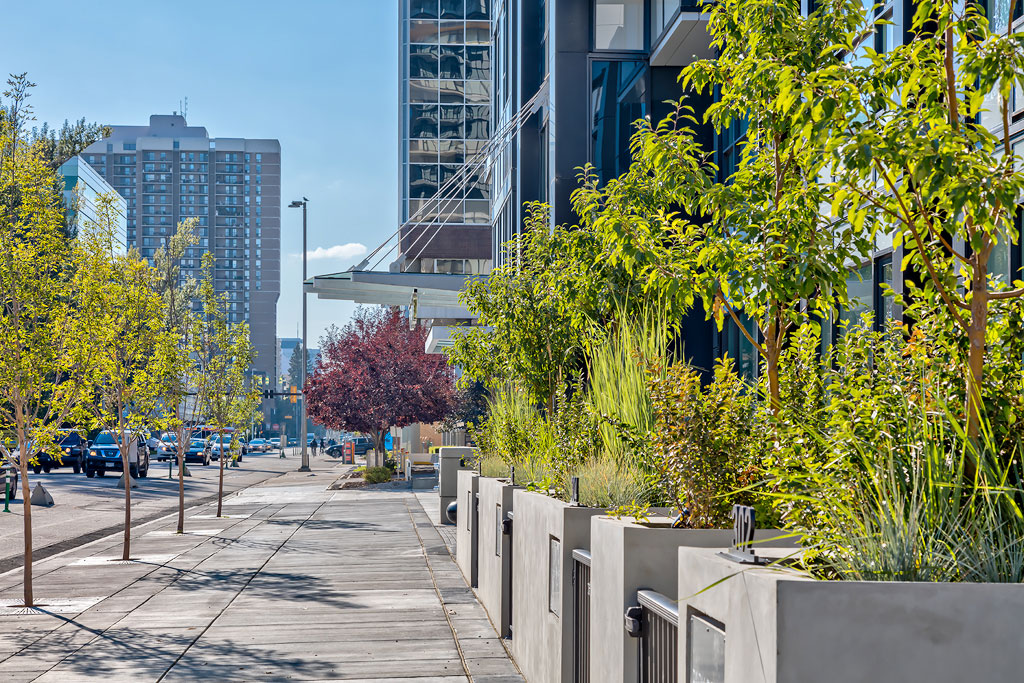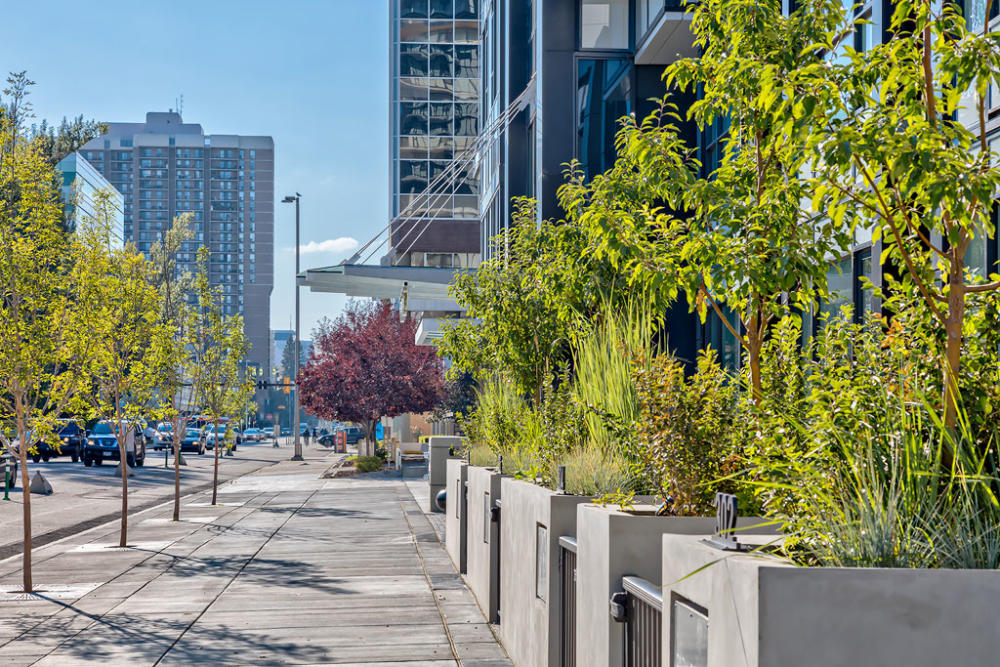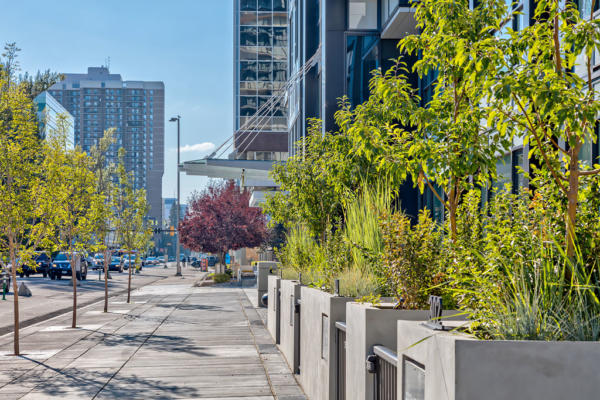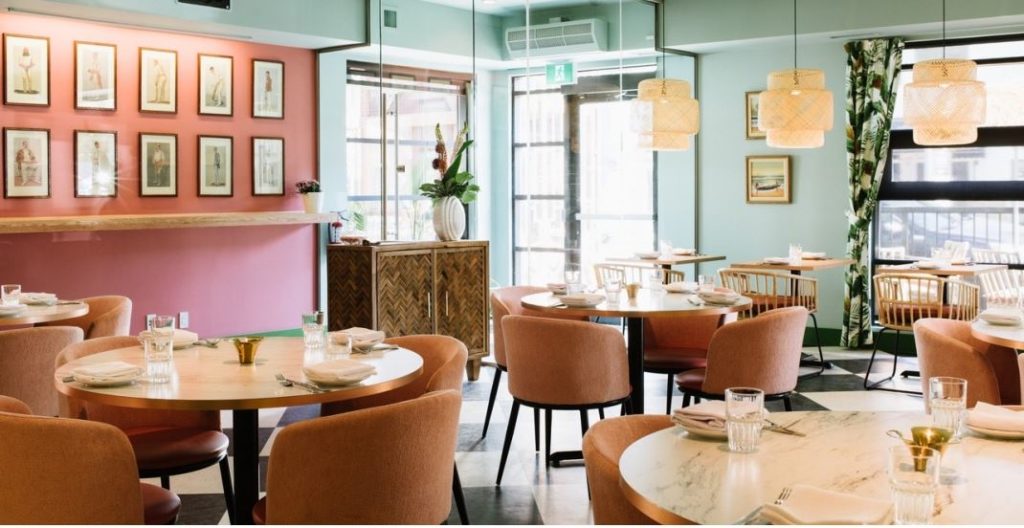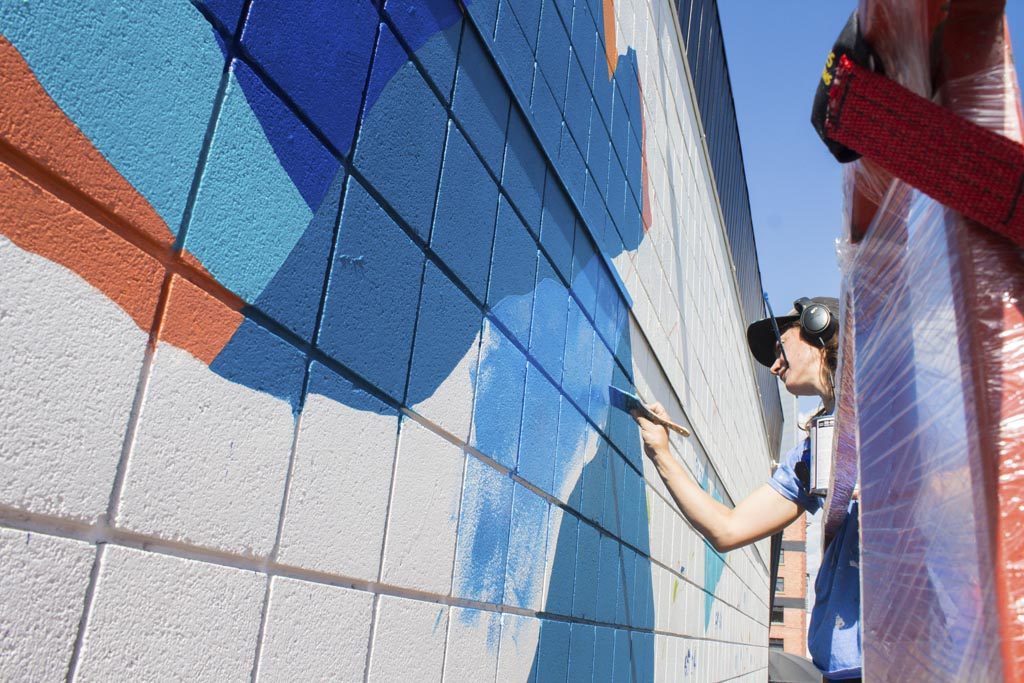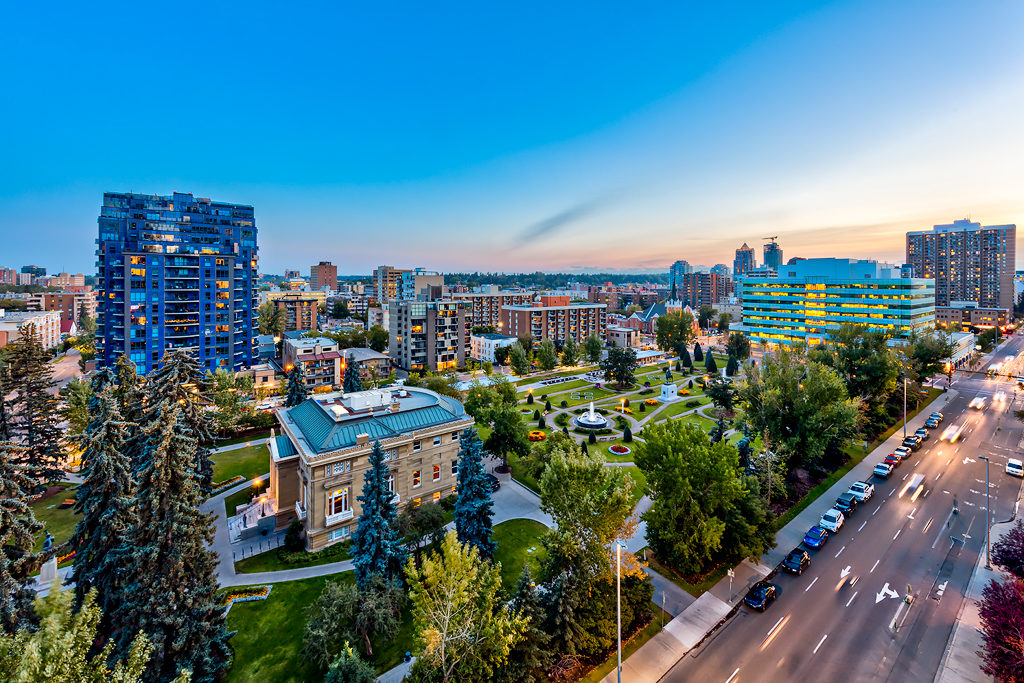Calgary has come a long way in recent years. More than just the host of the annual Stampede which draws in people from all across Canada and the world, Calgary is setting itself apart from established cities with an appreciation for urban life. It’s no surprise that the median age of Calgarians is 36.8 years old with an anticipated growth of families increasing within the next few years (Statistics, Canada 2017). With over 8,228 residential homes under construction in 2018, Calgary has also been one of the fastest growing cities in Canada with over 1,668 people calling the Beltline their new home this year! So what exactly makes Calgary so unique and great? We think these 12 reasons are why so many people are making the move to this city.
1. You can actually find a place to live
A booming city often brings new challenges and in many cities such as Vancouver and New York, housing demands can be difficult for the average person looking for a home to rent or own. However, Calgary has always been great at anticipating growth. The Beltline neighbourhood in Calgary is bustling with construction and developers are building with young professionals in mind by integrating live-work opportunities for buyers alike. Growing families who opt to live downtown can also enjoy a worry-free lifestyle by utilizing building amenities and modern conveniences closeby. They also won’t have to worry about maintenance on the same scale as a single detached home.
2. You can be car-free in the city
Even for those who choose to drive, it’s a great option to have. Whether it’s a push towards sustainability or simple conveniences, neighbourhoods such as the Beltline are making it easy for people to experience restaurants, shopping and entertainment within walking distance. Bike routes and bike share programs are also available in the city and walking to work can also be a reality with the downtown core located within walking distance of this neighbourhood.
3. It’s an emerging fashion capital
More recently, Calgary has been the incubator for ready to wear brands with organizations such as PARK who recently celebrated a decade in business with a showstopping runway show on George C. King Bridge. As the city continues to expand as the next creative hub, it is likely that this industry will begin to reinvent Calgary.
4. Low Sales Tax
In Calgary, there is no provincial sales tax. Federal goods and service tax is a mere 5% which means buying just became that much better. In terms of livability factors, you will spend less on food, clothing and entertainment. Alberta also has the lowest income tax rates in Canada. Finally, Calgary has no foreign buyer tax if you’re looking to invest or buy real estate there.
5. Spend less time in bad weather

City planners in Calgary thought of everything when it comes to ensuring comfort for the community. Those cold winter months will be made much better with the well thought out extensive covered skywalk system for pedestrians (Plus 15 Skywalk). Totalling 16 km in length, it’s one of the world’s largest footbridges that connect to buildings in that area.
6. It has been ranked one of the cleanest and healthiest cities in the world
According to the Conference Board of Canada, Calgary attained top score (“A”) when it comes to physical and socio-economic health. It’s scored based on four categories: life satisfaction, population health, healthy lifestyle and access to health care service. In 2014, Calgary topped the 2014 Mercer Global Financial list for one of the cleanest cities in the world due in part to its clean sewage systems, water drinkability and very little air pollution. There are also heavy fines for littering in Calgary. Throwing a cigarette on the sidewalk will cost you around $500-$1000 in fines. The city is also heavily invested in recycling programs and street cleaning.
7. You’ll always find something to do
Calgary hosts a number of large festivals each year such as Folk Festival, Lilac Festival and of course the Calgary Stampede. Other community events include Movie in the Park, Alberta Food Tours, Alberta Ballet, Beltline Garden Party and Artist Talks. Art galleries and restaurants are also plentiful in this city.
8. The food scene is great
You don’t have to be a foodie to enjoy the variety of restaurants in Calgary. During the summer, you’re likely to see restaurant patios bustling with people. Whether you’re in the mood for comfort food or attempting to try a vegan diet, you’ll be guaranteed to find great spots within walking distance. Calgary is also the birthplace of the Caesar cocktail and Ginger beef. In fact, 11 Calgary restaurants made it onto the list of 100 Best in 2018!
9. City art is abundant
Calgary isn’t one to hide its affinity for art. Take a look around the city and you’ll find art galleries and urban murals. It’s a nod to the city embracing diversity and creativity.
10. You won’t need to beat rush hour
If you talk to anyone who works in cities like Toronto or Vancouver, rush hour traffic is a prevalent problem. Most Calgarians actually report get home in rush hour in less than 45 minutes .
11. It has a rich history
The Victoria Crossing Centre district is one of Calgary’s few neighbourhoods that contain a number of local and national historic sites that have been preserved or renewed.
Central Memorial Park / Memorial Library directly across 12th Ave SW is Calgary’s oldest park (over a century old and now a designated historic site), also considered one of the oldest urban parks in Canada, that was redeveloped in 2009 and is located in the heart of the Beltline. The park site is also the location of the Memorial Park Library, Alberta’s oldest library.
Lougheed House / Beaulieu Gardens: Built in 1891 and originally known as Beaulieu (French for beautiful place), Lougheed House is now a National Historic Site and museum located in the Beltline Community. It was named after James Lougheed who was appointed to the Senate in 1889, and worked to grant provincial status to Alberta in 1905. Beaulieu Gardens is the terraced formal garden of the historic site and managed by The City of Calgary Parks as an important cultural landscape.
Both the Warehouse District and the historic Haultain School site are a result of the establishment of the Canadian Pacific Railway (CPR):
The Haultain School (originally the South Ward School) was built in 1893 and was Calgary’s first sandstone school as well as the first school with electricity and running water.
Warehouse District: after 1902, the city developed into a regional warehousing and mercantile centre. Land north of the CPR line (in the traditional downtown) became scarce as this activity grew, which led to the development of the warehouse district along 10 and 11 Avenues, south of the tracks. The railway, as Calgary’s largest industry for many years, located its main operations along the southern edge of the CPR main line, west of the Elbow River. Recently, this district has been getting a makeover with old buildings being renovated or repurposed.
The Ranchmen’s Club: was incorporated formally by the First Session of the Second Legislative Assembly of the Northwest Territories in December 1891. The Club became an important component in the rich fabric of Alberta’s development. Within the confines of the Club, influential people congregated to talk and relax. For many, it became a home away from home, where the outside world rarely intruded. The Club and its traditions have endured through one move in 1911, two world wars, long years of depression, radical social change and, in 1981, and a total restoration of its premises.
12. Their school rankings are among the highest for 2018
Fraser Institute’s 2018 “report card” on Alberta’s Elementary schools yielded a high 58 out of the 103 ranked schools were from Calgary reaffirming the strong foundation that this city has for growing families.
PARK POINT IN CALGARY

View the PDF Brochure for Park Point.
For final homes opportunities, contact Leah Callow, Sales Manager for details.
Want to learn more about Park Point ? Let us know!
Stay up to date with Qualex and join our mailing list here!
